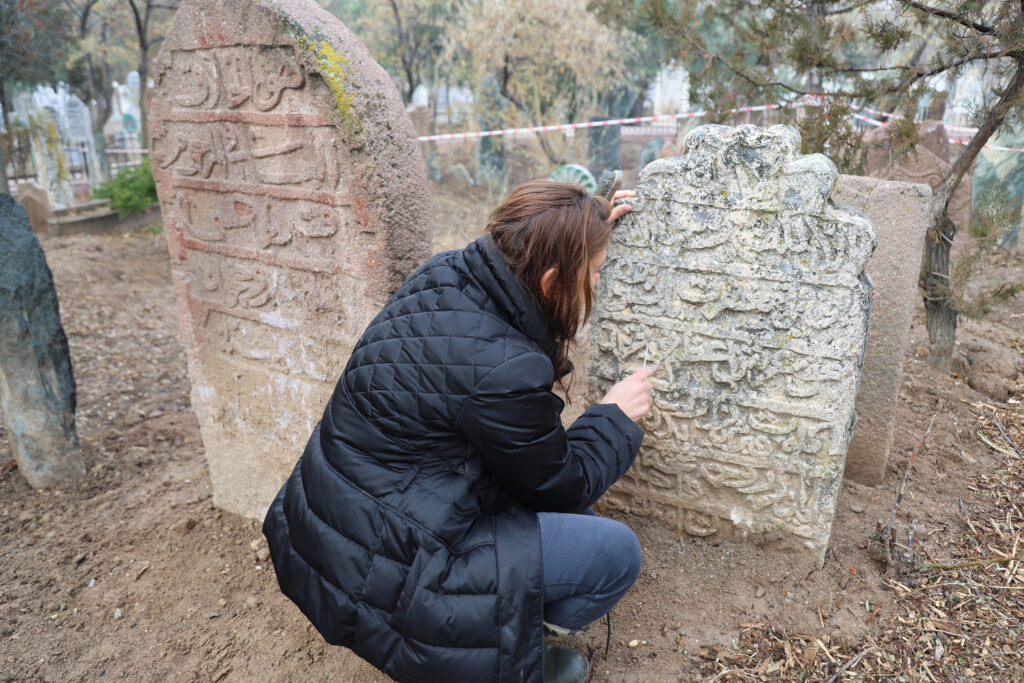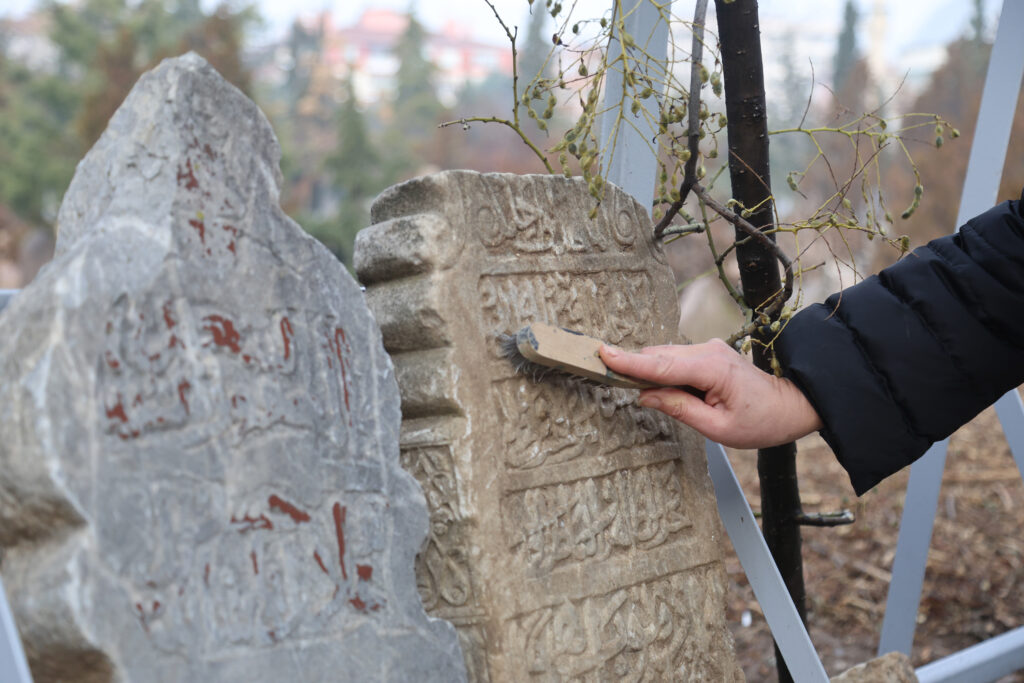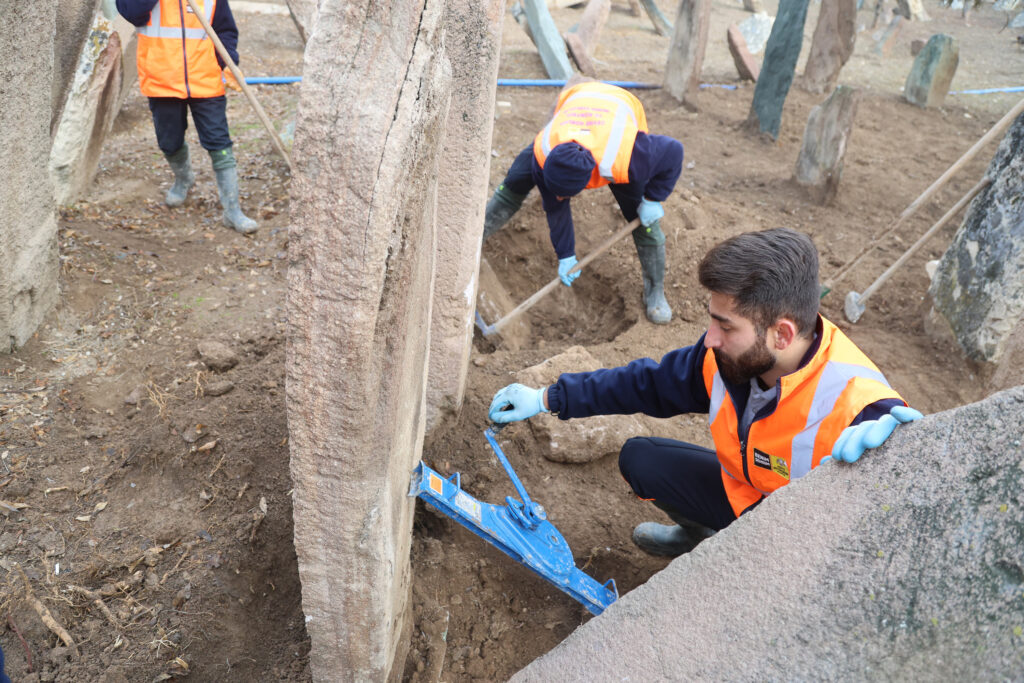
The tombstones in the Seljuk Cemetery in Konya are being restored
The historical tombstones in the Musalla Cemetery, one of the prominent Seljuk cemeteries in Konya, which served as the capital of the Anatolian Seljuks, are being restored.
Musalla Cemetery is located in the central district of Selçuklu in Konya. Recently, new burial areas are not being permitted.
The restoration of the historical tombstones in Musalla Cemetery, which contains numerous tombs and khanqahs from the period of the Seljuk State of Türkiye, is being carried out by the Konya Metropolitan Municipality.

Konya Metropolitan Mayor Uğur İbrahim Altay stated that they have initiated an important project to restore the historical tombstones in Musalla Cemetery, which is among the most significant Seljuk cemeteries in Türkiye after Ahlat. Mayor Altay emphasized that the area they are working on includes the tomb of Qadi Siraceddin Urmevi, one of the greatest logicians of the Seljuk period and the Islamic world, along with the garden known as “Sirâc Bağı,” as well as many martyr graves and khanqahs from the Seljuk period.
📣 Our WhatsApp channel is now LIVE! Stay up-to-date with the latest news and updates, just click here to follow us on WhatsApp and never miss a thing!!

Noting that Musalla Cemetery is one of the oldest and largest cemeteries in Konya, Mayor Altay said, “In particular, there are many martyr graves and khanqahs from the Seljuk period within the cemetery. Additionally, the tomb of Qadi Siraceddin Urmevi, one of the greatest logicians of the Seljuk period and the Islamic world, along with the garden known as ‘Sirâc Bağı,’ is also located here. Furthermore, there are tombs from the Seljuk and Ottoman periods, such as Evhaüddin Kirmanî, Sheikh Halilî, and Sheikh Şücaeddin, along with their surrounding tombstones. This area within Musalla Cemetery is among the most important Seljuk cemeteries in Türkiye after Ahlat.”

MUSALLA CEMETERY WAS REGISTERED AND PROTECTED IN 1988
Dating back to the 13th century, Musalla Cemetery was registered for protection by the Konya Cultural and Natural Heritage Preservation Board on November 25, 1988, with decision number 339. The oldest and most special area of the cemetery, which consists of 141 plots, was registered as a separate historical site on December 19, 2014, with decision number 2481. In order to protect the historical and cultural heritage of the region, the Konya Metropolitan Municipality closed Musalla Cemetery to new burial operations in 2021.
Cover photo: Konya Metropolitan Municipality
You may also like
- A 1700-year-old statue of Pan unearthed during the excavations at Polyeuktos in İstanbul
- The granary was found in the ancient city of Sebaste, founded by the first Roman emperor Augustus
- Donalar Kale Kapı Rock Tomb or Donalar Rock Tomb
- Theater emerges as works continue in ancient city of Perinthos
- Urartian King Argishti’s bronze shield revealed the name of an unknown country
- The religious center of Lycia, the ancient city of Letoon
- Who were the Luwians?
- A new study brings a fresh perspective on the Anatolian origin of the Indo-European languages
- Perhaps the oldest thermal treatment center in the world, which has been in continuous use for 2000 years -Basilica Therma Roman Bath or King’s Daughter-
- The largest synagogue of the ancient world, located in the ancient city of Sardis, is being restored











Leave a Reply